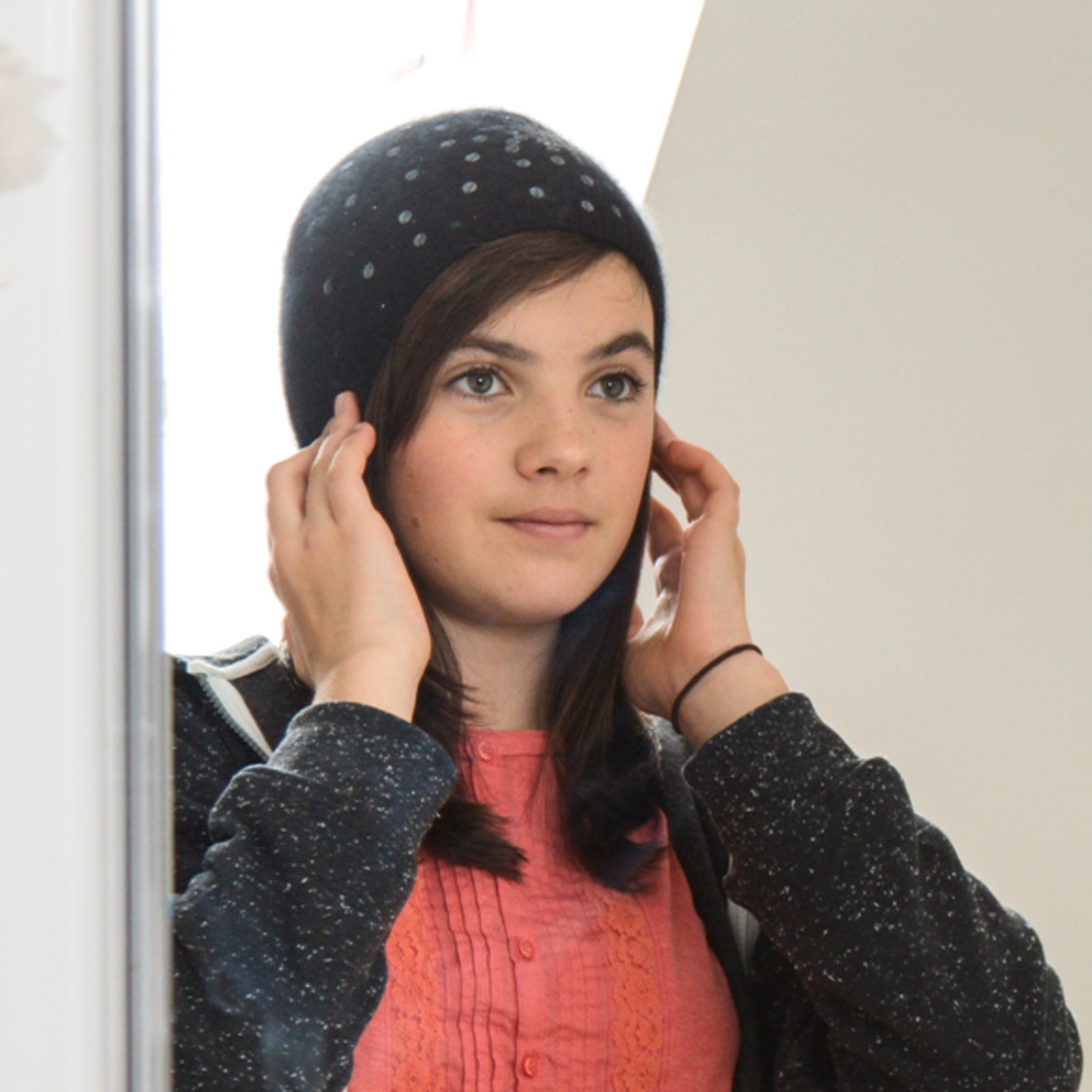In today’s digital age, image plays a more prominent part in young people’s lives than in previous generations. In a world of selfies and social media, ever-present camera-phones and easy-to-use editing software, it’s hardly surprising that appearance is particularly important to them.
Cyberbullying on social media
Using these technologies and social media platforms for malevolent purposes is what’s called “cyberbullying”. A study by the Anti-Bullying Alliance 🔗 in the UK shows that almost half (45%) of parents are concerned their child is being bullied online.
And they're right to be worried—research shows more than half of teenagers have experienced cyberbullying. As with face-to-face bullying, it’s humiliating for victims, and most don’t tell their parents when it happens.
“Bullying is as old as time,” says Lisa Lister, wellness educator, creator of The Sassy She website, and member of the Dove Self-Esteem Project Advisory Board. “But today’s young people have a new range of tools to do it with.”
The effects of cyberbullying
One of the major differences between online and offline bullying—and one that makes cyberbullying especially insidious—is that victims of cyberbullying have nowhere to hide.
If you've ever been bullied, you'll know what an ordeal it is. As well as the physical or emotional pain of the bullying itself, there's the constant fear of the next attack and the damage to your confidence and self-esteem.
Home, and especially a young person’s bedroom, would have been a sanctuary from this kind of victimization in the past. But now, in the place where he or she should feel most safe, your child is still within a cyberbully’s reach—through a text message, email, social media post, or humiliating YouTube video.

Why cyberbullies bully
Another major difference between the two is that online forms of bullying allow a degree of anonymity for the bully, thanks to the digital screen between the cyberbully and their victim. This may mean the taunts and teasing are more extreme than those that take place in person.
In the online world, a cyberbully often operates with less guarded behavior—a concept known as “disinhibition,” which can see people act in ways they wouldn’t face-to-face. Because the bully doesn’t have to directly witness the effects of their cruel words and taunts or deal with real-life confrontation, it emboldens them to bully more.
Cyberbullying also means the taunts are open to a much bigger audience and are harder to control. An unpleasant image, which might have even been doctored, can spread far and wide if posted by a bully to a social network or website.
The impact on cyberbullying victims
It’s not surprising that cyberbullying hits young people hard and is connected to depression, substance use 🔗, and in some tragic cases, even victims taking their own lives.
As a parent, be aware of the specific dangers of cyberbullying and the potential risks to your child. Raise your own awareness by reading our checklist below, and help your son or daughter prevent and combat this type of behavior.
Types of cyberbullying
A cyberbully can use the internet’s cloak of anonymity to indulge in particularly cruel forms of bullying, including:
- “Am I pretty?” videos: girls in particular who are bullied or feel insecure about their looks sometimes post “Am I pretty or ugly?” pictures or videos online, with desperately sad messages like: “People keep telling me I’m ugly and I want to know—am I really?” The comments that follow these videos are often incredibly hurtful and damaging to the person posting them and may create their own trail of cyberbullying
- Trolling: a “troll” is someone who upsets people online, being as outrageous and provocative as possible. Some young people are hounded by trolls—almost certainly other young people—who taunt them mercilessly about sensitive issues such as their looks, or repeatedly tell them how hated they are
- Parasite porn: this happens when suggestive or sexual images and videos posted by young people on social networking sites, or perhaps shared in an intimate text message, are uploaded onto other, more public websites







